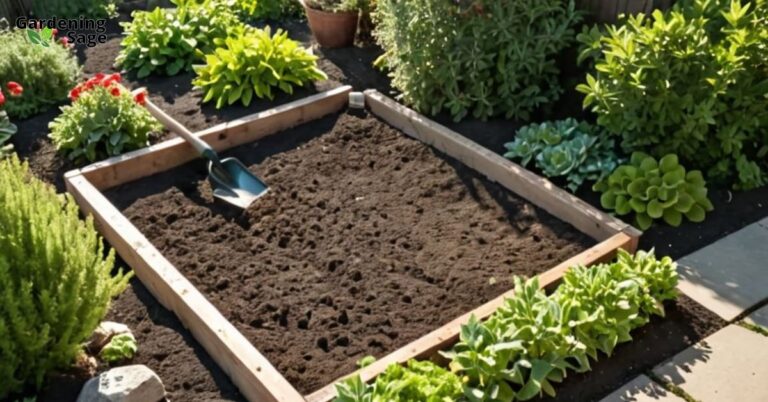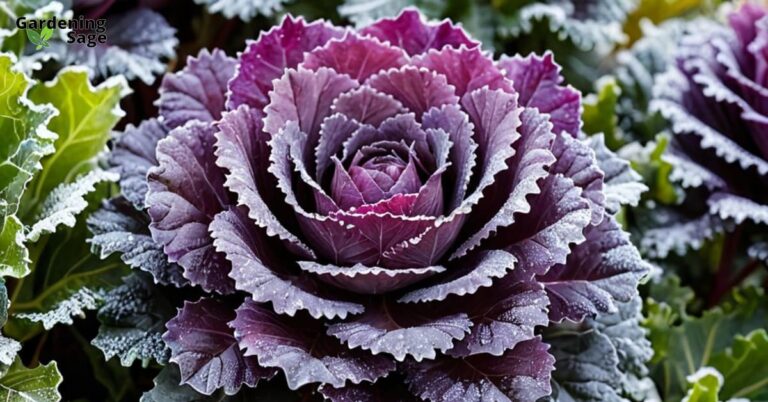In the heart of the city, where the sprawl of urbanization leaves little room for traditional gardening, a revolution is taking root. Vertical gardening, an innovative approach to horticulture, is changing the way we view and utilize limited spaces, transforming them into lush, verdant oases.
This comprehensive guide delves into the art of vertical gardening, offering invaluable insights for those looking to grow more in less space.
Whether you’re grappling with the constraints of small front yard landscaping or seeking to enrich your residential garden, the following tips will empower you to harness the vertical dimension, infusing life and color into every nook and cranny.
Embracing the Vertical Vision
Vertical gardening transcends the traditional horizontal approach, turning walls, fences, and balconies into canvases for botanical creativity. This method is especially transformative for small front yard landscaping, where ground space is at a premium.
By directing growth upwards, you can cultivate a diverse array of plants, from ornamental to edible, without encroaching on precious square footage.
1. The Blueprint of Verticality
The journey to a thriving vertical garden begins with a strategic assessment of your available space. Evaluate areas with potential for vertical expansion, considering factors like sunlight exposure, structural integrity, and aesthetic harmony with your home’s design.
This foundational step ensures that your garden not only flourishes but also complements your living space.
2. Architectures of Growth
The skeleton of a vertical garden is built on a variety of structures, each offering unique advantages. Trellises, wall-mounted planters, and hanging baskets are just a few of the tools at your disposal.
For those wrestling with small front yard dilemmas, slender, freestanding vertical planters can provide an elegant solution, marrying form with function.
3. Curating a Verdant Palette
The selection of plants is pivotal in the vertical garden’s success. Opt for species that are not only visually appealing but also well-suited to vertical life.
Climbing varieties like ivy, jasmine, and certain vegetables thrive when given vertical freedom, their upward journey adding dynamism and depth to your garden.
4. Nurturing Through Innovation
Vertical gardens introduce unique challenges in soil and water management. Invest in quality potting mixes and consider innovative irrigation systems, such as drip lines, to maintain consistent moisture levels.
These systems are particularly beneficial in vertical setups, where traditional watering methods may fall short.
5. Illuminating Life
Adequate lighting is the lifeblood of any garden. Ensure your vertical garden is strategically placed to capture optimal sunlight, keeping in mind the varying needs of your chosen plants.
For shaded areas, select species that revel in lower light conditions, ensuring your garden’s vitality.
6. The Art of Upkeep
Maintenance in a vertical garden demands a keen eye and a gentle touch. Regular pruning, monitoring for pests, and ensuring good air circulation are key to preventing disease and promoting healthy growth.
This vigilance ensures your vertical garden remains a vibrant centerpiece.
7. The Edible Canvas
The fusion of form and function reaches its zenith when edible plants are woven into the fabric of your vertical garden. Herbs, strawberries, and a plethora of greens can adorn your space, providing fresh ingredients just a stone’s throw from your kitchen.
8. Sculpting Beauty
Vertical elements in residential gardens do more than save space; they create visual intrigue. Utilize climbing plants to fashion living murals or stagger planters for a multi-dimensional effect, transforming mundane walls into masterpieces of greenery.
9. Greening the Urban Jungle
Beyond aesthetics, vertical gardening contributes to the ecological tapestry of urban environments. By cultivating green spaces, you aid in cooling cityscapes, improving air quality, and fostering biodiversity, all within the confines of your domain.
10. Cultivating Community
The vertical garden is a catalyst for community engagement. Share your journey, exchange tips, and perhaps even initiate local green projects.
This communal spirit not only enriches your gardening experience but also sows the seeds for a greener, more connected neighborhood.
Mastering Vertical Gardening
Vertical gardening is not merely a trend; it’s a sustainable, innovative approach to modern horticulture. By embracing this method, you can transform the smallest of spaces into a thriving garden, replete with a tapestry of colors, scents, and flavors.
This guide serves as your blueprint to navigate the vertical gardening landscape, from the initial planning stages to the joy of harvesting your skyward bounty.













